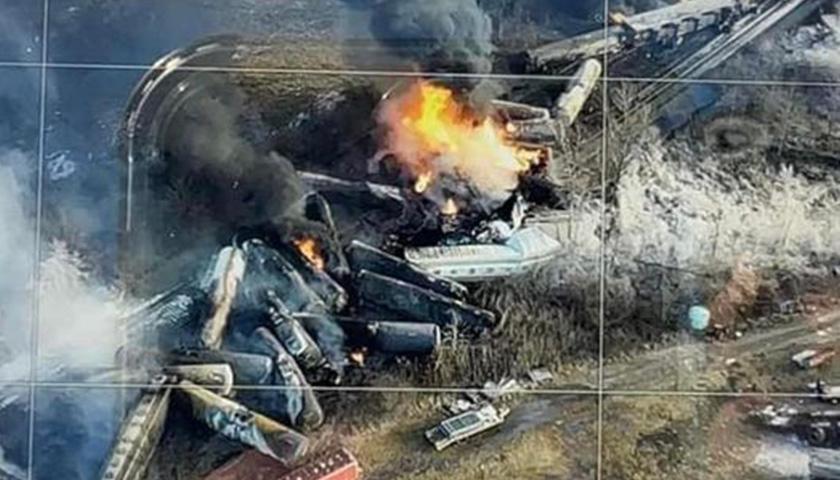by David Williams
The train derailment in East Palestine, Ohio has attracted the ire and attention of the public and government officials. Unfortunately, train disasters are just one of many contributors to the threat posed by environmental contamination. According to Environmental Protection Agency (EPA) data analyzed by The Guardian, the U.S. is averaging one chemical accident every two days. Some of the top culprits are water treatment plants, which regularly use hazardous inputs such as chlorine and sulfur dioxide in their operations. (Mostly) government-owned plants fail to place proper safeguards on these chemicals, resulting in dangerous exposures to the public. Policymakers should consider alternative approaches that incentivize careful treatment operations at affordable prices for consumers.
Communities across the country have gotten used to reports of chemical spills from water treatment plants leaving carcasses and contamination behind. In August 2022, a 1,500 gallon spill of aluminum salts near the Potic Reservoir in Catskill, New York killed hundreds of fish and necessitated a cleanup by the state Department of Environmental Conservation. At Birmingham Water Works’ Shades Mountain Filter Plant, an accidental mixing of sodium hypochlorite and ferric sulfate led to more than 50 hospitalizations in February 2019.
Matters can become even more dire (and disgusting) at wastewater treatment operations. For example, Baltimore’s Back River treatment plant has long been plagued with problems in keeping raw sewage at bay. In March 2022, volunteers from the group “Back River Restoration Committee” observed bubbling water in the Back River along with mysterious brown objects, and when they, got a little closer, it “actually surrounded our boat and it looked like a volcano coming up out of the water, and it looked like human feces.” Contamination was clearly coming from the treatment plant, which already had a long track record of violating environmental laws. The state was forced to take over operations and the question of ownership and management at Back River still remains unsolved.
One promising solution is private management of water and wastewater facilities. A 2015 study by Indiana University and Texas A&M researchers compared public and private utilities’ compliance with the Clean Air Act (CAA) and the Safe Drinking Water Act (SDWA). The CAA results suggest that government-owned power plants and hospitals are about 9 percent more likely to be in non-compliance. Additionally, these taxpayer-funded operations are about 14 percent more likely to incur SDWA violations than their privately-run counterparts.
These results also appear to apply to wastewater operations. A 2003 survey by George Mason University (in cooperation with Black and Veatch Management Consulting) studied 200 privately contracted plants and found high effluent quality (i.e., low levels of environmental contamination) that often eludes their government-run counterparts. According to the authors, “by and large, plants do an excellent job in terms of effluent quality. To be specific, 70% or more of the plants report emission levels for BOD [biochemical oxygen demand; indicating more pollution] and Suspended Solids below one-half of what their permit allows. Very few plants emit close to, or more, than what is allowed.” This may be because private contractors are fearful that higher-than-authorized emissions into waterways can result in high legal costs (i.e., less profit) and the city failing to renew their contract. This concern with the “bottom line” is far less pressing for government-run counterparts, leading to increased carelessness and costs borne by the public.
As recent catastrophes indicate, no system – whether privately or government-run – is a panacea. But private management and ownership can lead to significant improvements in taxpayer-funded operations. Americans cannot and will not accept one chemical accident every two days.
– – –
David Williams is the president of the Taxpayers Protection Alliance.
Photo “East Palestine Train Wreck” by City of East Palestine, Ohio.





